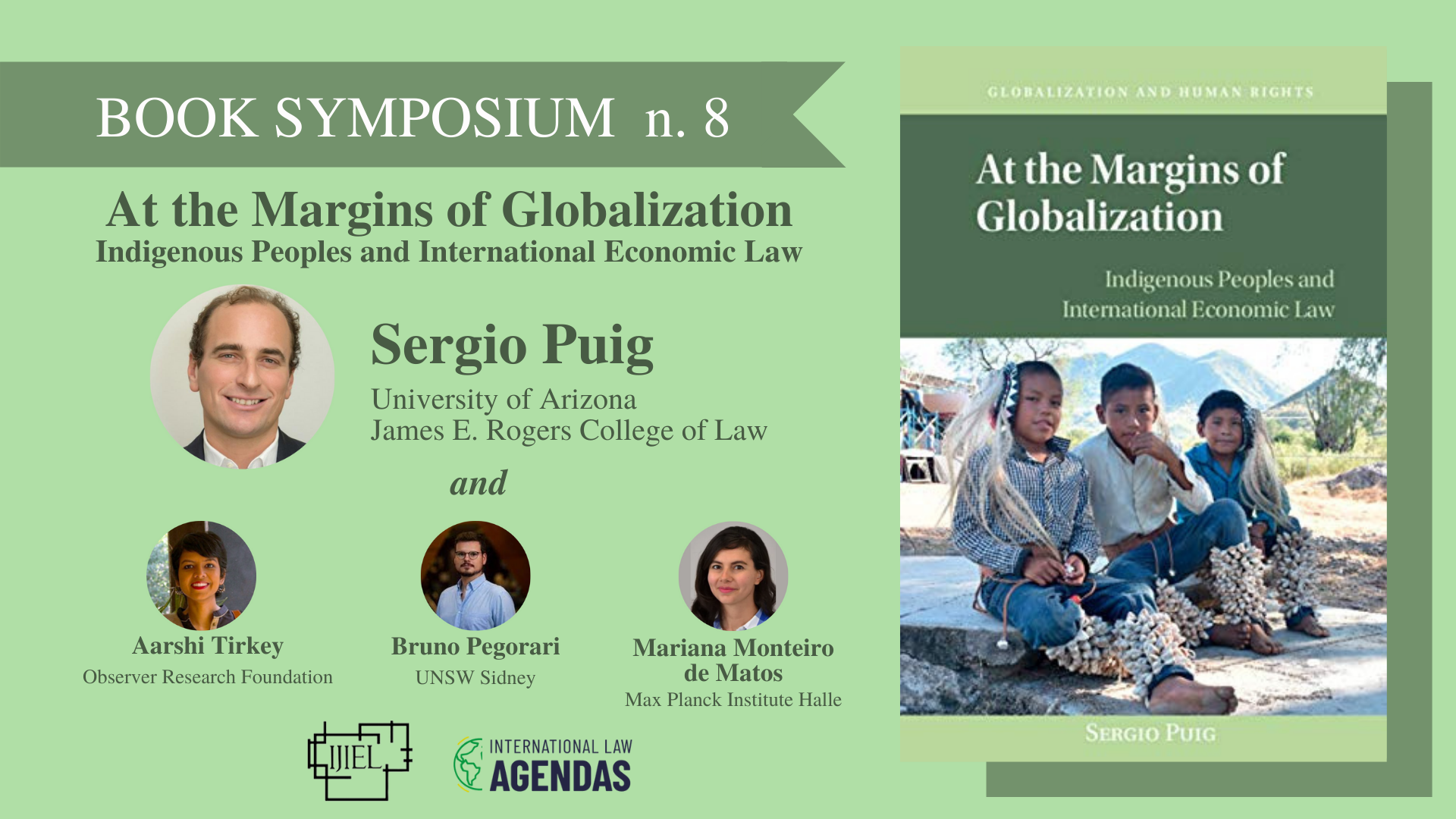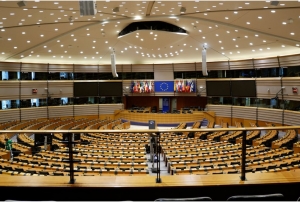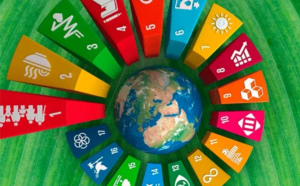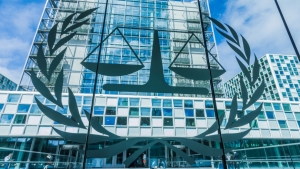I want to thank Aarshi Tirkey, Bruno Pegorari and Mariana Monteiro de Matos for the excellent and insightful remarks on my book as well as to Professors Lucas Lixinski, Fabio Morosini and Lucas Lima and the editors of the journal for suggesting this symposium as a collaboration between International Law Agendas and the Indian Journal of International Economic Law. I am truly grateful, and will try to do justice to the reviews. I will focus my response on addressing three aspects of consistent observation among the reviews.
First, I agree with Mariana that Indigenous Peoples are afforded a rights regime that can be characterized as ‘special’ and that this regime is not disconnected from the human rights protections afforded to minorities by international law. But the characterization of Indigenous rights as a distinctive field within human rights (different from but related to minority rights) makes the interaction with IEL even more compelling—I think. In my view, a case study of the treatment of Indigenous rights and interests by IEL is relevant to understanding the shortcomings of the legal aspects of our current process of globalization as well as the key cultural underpinnings that sustain such failures. It evidences the constraints and blind spots of a legal regime mostly concerned with production, distribution and consumption of goods and services that addresses Indigenous peoples as an afterthought (despite the fact that formally the regime must accommodate Indigenous rights). This emphasis also leaves Indigenous Peoples at the margins, which would not be possible without the promotion of individual choice, including by multilateral economic institutions. Culturally, the idea individual choice came to be the dominant feature of global capitalism, which IEL quickly adopted to the detriment of other competing ideas. In particular, the emphasis on autonomy and individualism (as opposed to communal, intersectional and intergenerational concerns) necessary for the expansion of capitalistic interests, resulted in the disregarding of epistemologically diverse Indigenous ideas about economic organization.
By noting that Indigenous Peoples are at “heightened risk of experiencing the negative consequences of globalization”, I do not intend to negate the multiple experiences of Indigenous communities that continue to resist and make improvements, despite having massive structural deficits to overcome. My point here, however, is that structural conditions should continue to adapt to multiply these stories of success and make them more common—not just exceptions to the norm. Here, therefore, I take Bruno’s insightful point that moving forward should require thinking of Indigenous Peoples’ within IEL beyond “mediated, proceduralised participation” and “the transposition of Indigenous rights to IEL.” As he puts it, indigenising IEL requires drawing from the experiences of success of Indigenous groups and dissecting the lesson that can be generalized to improve the quality of IEL. What this means is an IEL that is not only more concerned with the billions that are left behind, but also less condescending towards different forms of economic organization. Because the production of this type of work is hard and because of the many blind spots possessed by us, IEL scholars, the call for more in-depth, interdisciplinary studies of the interactions between Indigenous peoples and IEL norms and institutions is the main scholarly message that the book tries to advance.
I conclude with a related remark. The scarcity of scholarship on Indigenous peoples’ business practices should not be a reason to delay addressing the evident failures of IEL. Accommodating the right to consultations, self-determination, consent and benefit sharing, among others, is not only very important but in some cases urgent. As Aarshi points out, “countries with Indigenous communities, as well as nations with strong human rights traditions, must coalesce together,” and continue the work of ensuring that economic treaties reflect what is owed to Indigenous Peoples. Perhaps one place to start is improving controversial areas like international investment law that are notably at deficit in this respect. States need procedural tools to hold investors to account as much as Indigenous Peoples need a way to protect against states that cast a blind eye on the consequences of unscrupulous businesses. My sincere hope is that the book and the debate that this symposium represents will lead to the continued improvement of international economic law.
This text is part of a joint symposium between International Law Agendas and the Indian Journal of International Economic Law
-

Professor of Law at James E. Rogers College of Law, University of Arizona.





